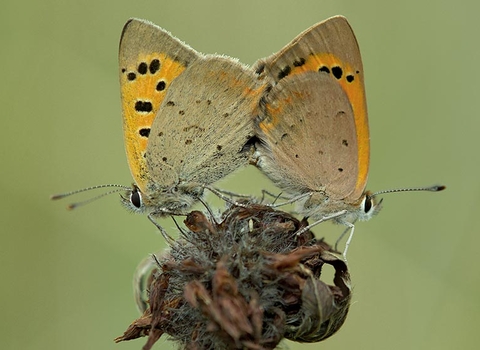Building with wildlife in mind can have big benefits for people as well – research has shown that contact with nature is good for our health and wellbeing. Green spaces can also improve air quality, lower flood risk and provide places for the local community to come together. For more information and ideas, please read the Wildlife Trusts report, Homes for People & Wildlife.
- Net Benefit for Biodiversity – All developments in Wales should include a net benefit for biodiversity. This is a great opportunity to create new habitats and give people access to nature. The scale and type of benefits for biodiversity will depend on the development.
- Connectivity – ecological connectivity is an important part of healthy ecosystems, enabling wildlife to respond to climate change. There should be ways for wildlife to move through or around a site, such as green corridors, hedges or even something as simple as hedgehog holes or badger gates in fences. Development can improve connectivity by creating linear features or ‘stepping-stones’ within a site.
- Sustainable Drainage Systems (SuDS) – systems to capture rainfall and run-off are important in preventing flooding but can also be beneficial to wildlife. Swales, wet meadows, ponds, streams and rain gardens can all be used as part of SuDS. Most developments larger than 1 house are required to include SuDs, and providing for and maximizing biodiversity is a part of the Welsh SuDS standards.
- Off-site biodiversity gains – where net benefit for biodiversity cannot be delivered on site, as a last resort, biodiversity can be enhanced elsewhere. This could mean creating new habitat or improving existing habitat.

